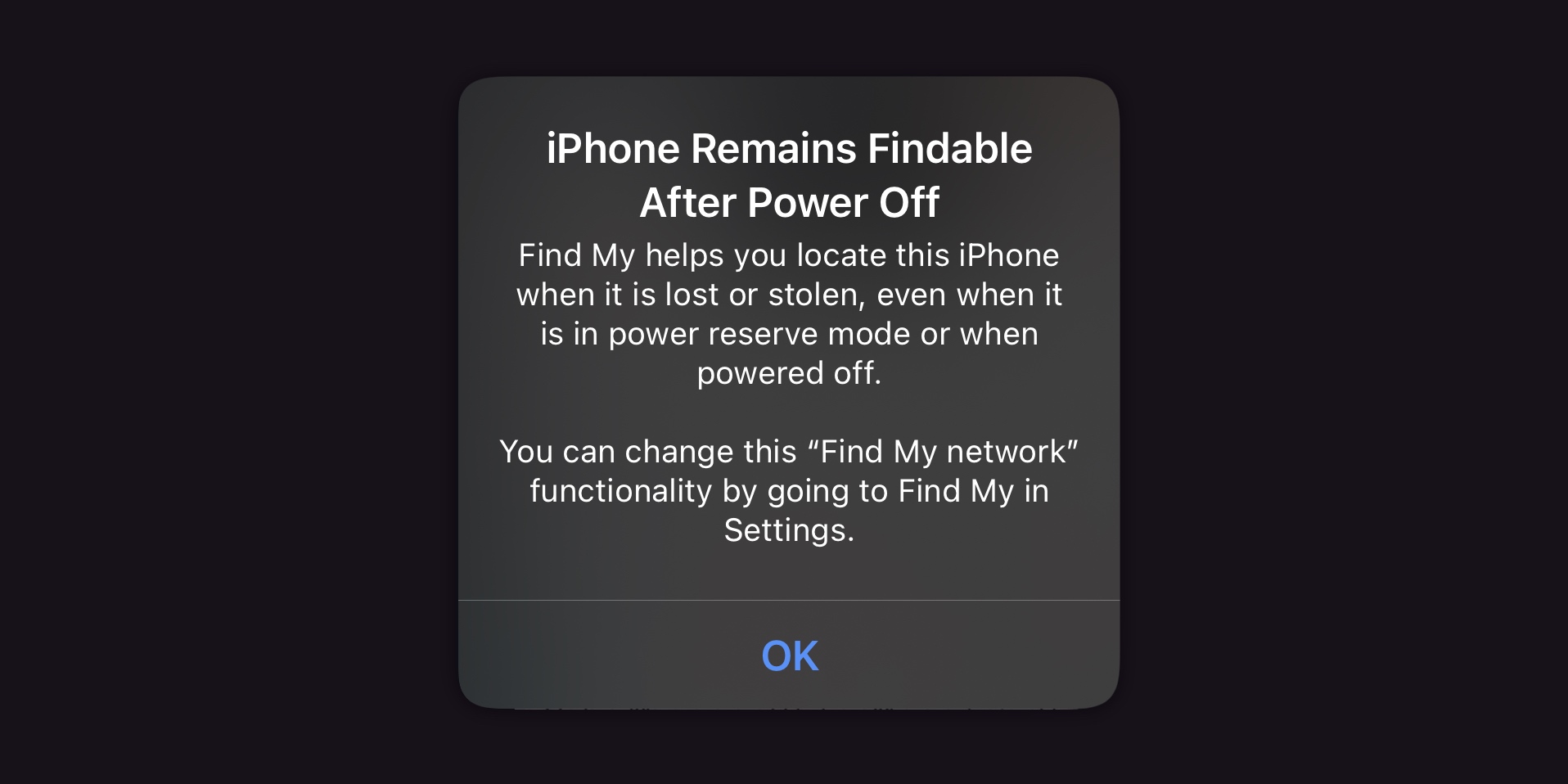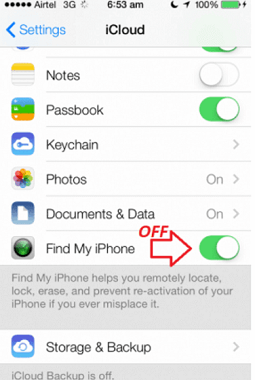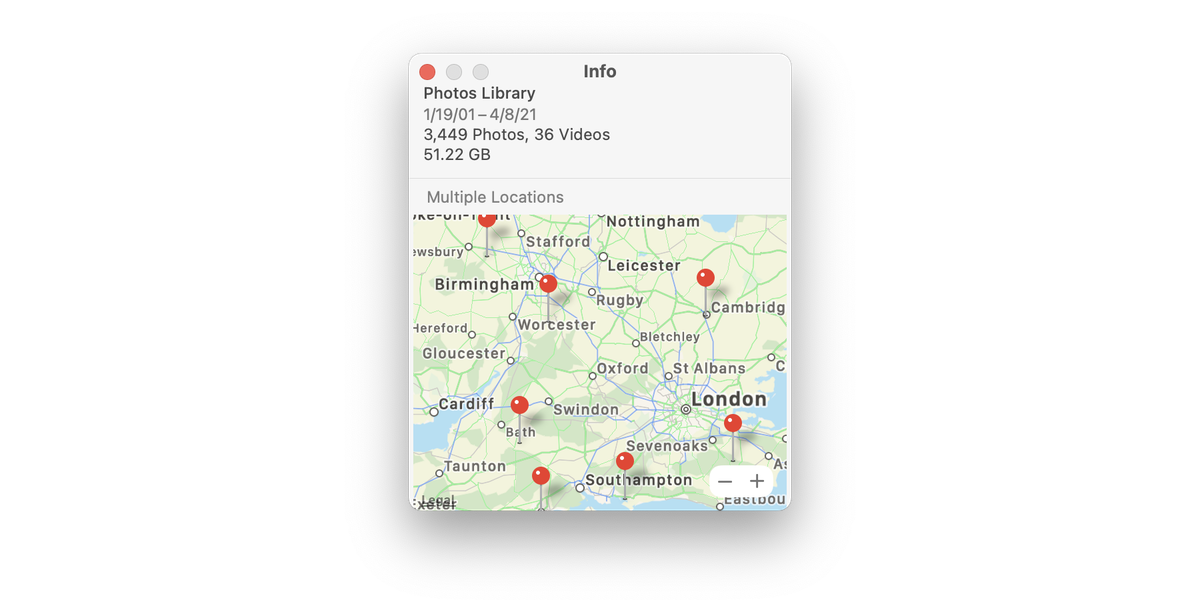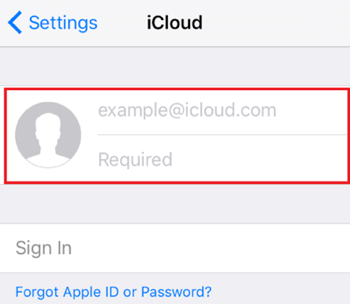

- #Remove from find my iphone online how to
- #Remove from find my iphone online android
- #Remove from find my iphone online verification
- #Remove from find my iphone online password
The above two parts mainly talk about how to login to Find My iPhone. You may need: How to turn on Find My iPhone? Part 3. Repeat the following steps in part 1 to login to your Find My iPhone and use its features.
#Remove from find my iphone online android
On your Android phone, open the browser, Chrome, Firefox, or others. Here, we will take an Android phone as the example to show the details. Sometimes, if you are urgent to find your iPhone, but without computer at hands, you can use another mobile phone, iPhone or Android, or other mobile devices that is connected with network. How to Login to Find My iPhone on Android Phone Note: If you share the same Apple ID with your friends, then one of yours log in Find My iPhone, you will find their iPhone's location without them knowing, and you will not know if he logs in. Click the dropdown list of “All Devices” and select the device that you want to find, and you will see the location in the map.
#Remove from find my iphone online verification
If you have enabled Two-Factor Authentication, then you will need to tap “Allow” on your iPhone where your Apple device is using the same Apple ID, and input the six-digit verification code on computer to “Trust” this browser to login to your iCloud.
#Remove from find my iphone online password
Click “Find iPhone” and input your Apple ID password again to confirm the sign-in request. Sign in to your iCloud account which you are using on your iPhone to enable Find My iPhone. Open your browser on your computer, and type in whether you are using a Windows computer or Mac. How to Login to Find My iPhone on Computer Onlineįor signing into Find My iPhone, you need to make sure you have enabled Find My iPhone on your device.


How to Login to Find My iPhone on Computer Online Without my iPhone, can I use Find My iPhone on Android phone?įor solving all the issues about Find My iPhone login, here is the comprehensive guide to direct it. Once you enable Find My iPhone on iPhone, iPad, iPod touch, Mac, Apple Watch, or AirPods, you could easily use login to Find My iPhone to use the functions above. The new user will probably want to connect it to their iCloud, and they won’t be able to do it unless you disable the device.Find My iPhone is the feature on Apple device, which lets you view the device location, play a sound, enable Lost Mode, and remove erase. Convenience First, Security SecondĪssuming you don’t worry that Apple might abuse your location data, why would you want to disable Find My iPhone? For example, you’ll need to do this if you decide to give away and sell your iPhone. If you don’t make backups, you shouldn’t use this one unless you’re sure the phone is gone for good. Erasing your phone is an option too – this is like performing a factory reset and it wipes all the data from your iPhone. But it comes with a few other useful actions as well.įor example, you get to play a sound to easily locate the phone. Find My iPhone – Useful FeaturesĪs you already know, this option provides a surprisingly accurate location of your phone. Uncheck the box in front of Enable Location Services and don’t forget to click back on the padlock to relock the settings. Click on the small padlock at the bottom of the window to allow changes, and then provide the unlock password for your Mac. Navigate to Security & Privacy from System Preferences and select Location Services at the top left. You can also disable Location Services entirely on your Mac.

After you enter the password and confirm, the Mac will disappear from the grid. You’ll be prompted to supply your Apple ID password. Scroll down the iCloud menu and uncheck the box in front of Find My Mac. Launch System Preferences on your Mac and select iCloud. The entire process is quite simple and you don’t need to be tech-savvy to do it. Aside from your iPhone, you can also disable/enable location services for other Apple devices, including iMacs and MacBooks.


 0 kommentar(er)
0 kommentar(er)
